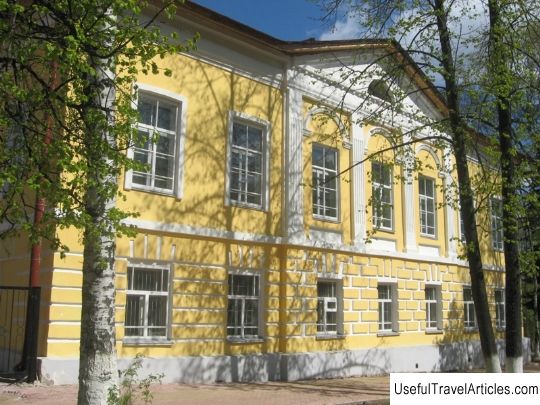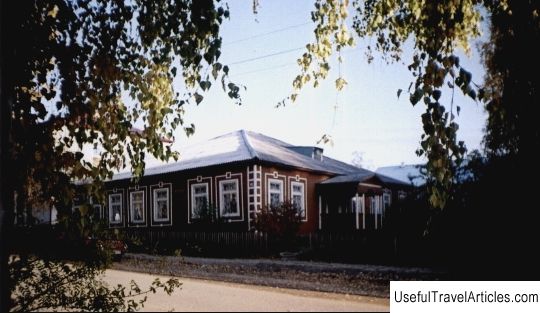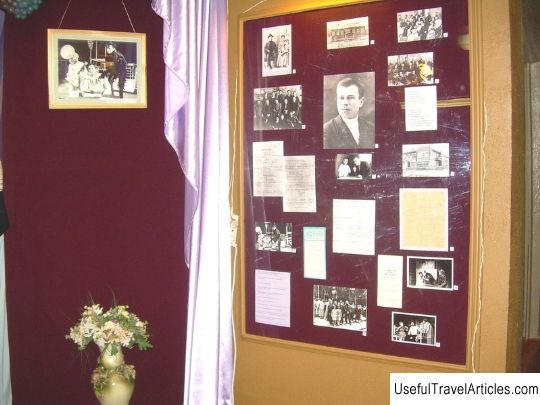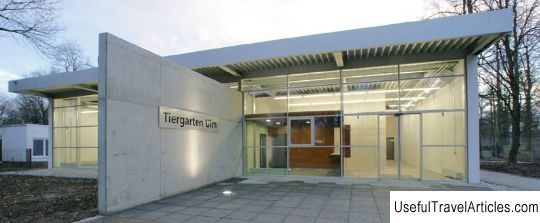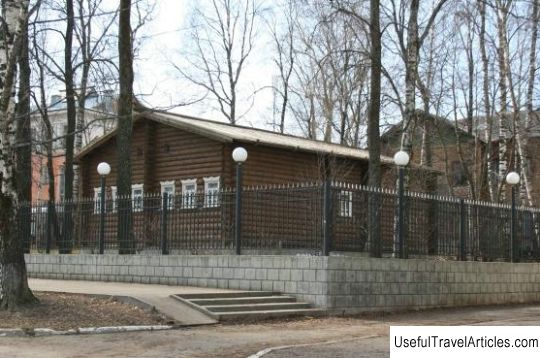Monument to I. A. Kuratov description and photo - Russia - North-West: Syktyvkar
Rating: 7,8/10 (176 votes) 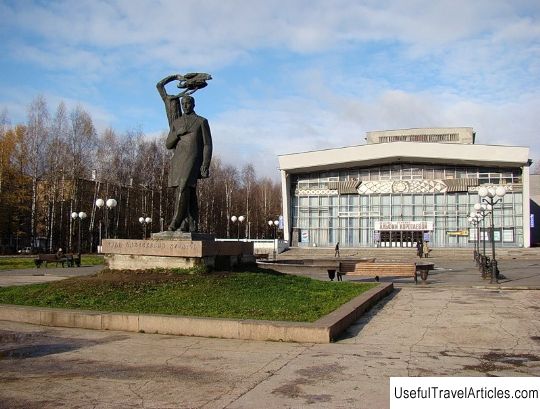
Monument to I.A. Kuratov's description and photo - Russia - North-West: Syktyvkar. Detailed information about the attraction. Description, photos and a map showing the nearest significant objects. Photo and descriptionMonument to I.A. Kuratov is located in front of the building of the Opera and Ballet Theater of the Komi Republic in the city of Syktyvkar. Ivan Alekseevich Kuratov was born in 1839 in the family of a sexton in the village of Kebra, Ust-Sysolsk district of the Vologda province (now the village of Kuratovo, Sysolsk district of the Republic of Kazakhstan). In 1854 he graduated from the Yarensk Theological School. From 1854 to 1860 he studied at the theological seminary in Vologodsk. The goal of his life path was defined in the poem "Human Life" (1857) - to give happiness to his native people. Ivan Alekseevich Kuratov is deservedly recognized as the founder of Komi literature. At the age of 13 in seminary, he began to write poetry and continued to engage in poetry until the end of his life. An extremely fruitful period in his life was the time held in Ust-Sysolsk (now the city of Syktyvkar), where Ivan Alekseevich arrived in 1861 after an unsuccessful attempt to continue his studies in Moscow. Here he began teaching peasant children to read and write, worked on linguistic literature and, of course, created poetry. He lived in a 2-storey wooden house, which was later demolished. Now at this place (Ordzhonikidze Street, 10) in a residential building is the Literary Memorial Museum of I.A. Kuratov. Then Ivan Alekseevich moved to Kazan, where for a short time he served as a regimental auditor. Since 1866 he lived in Central Asia. Died in the city of Verny (now the city of Alma-Ata) in 1875. During his lifetime, Ivan Alekseevich Kuratov published only 5 poems under a pseudonym, which is noteworthy, under the guise of Komi folk songs and translated into Russian ... Kuratov's poetry is distinguished by its genre diversity. These are love lyrics, poignant satire, everyday sketches, a philosophical parable, a historical story, a poem, a fable, a paraphrase, an epigram, a parody. The main place in Kuratov's poetry is occupied by socio-political and philosophical views, in a noticeable sense colored by national (Komi) self-consciousness. In addition, Ivan Alekseevich translated works from Russian by such geniuses as Ivan Andreevich Krylov, Alexander Sergeevich Pushkin and others, as well as foreign classics of world literature: Robert Burns, Horace. Kuratov paid great attention to the study of the Komi-Zyryan language, created the grammar of the Komi language, at the same time studied the grammar of the Mari and Udmurt languages. Ivan Alekseevich firmly defended the beginnings of a humanistic worldview, justice and legality, until the end of his life he fought with dignity violators of law and order with fearlessness. Every year, the Kurat readings are organized in Syktyvkar. Humanitarian-pedagogical college and one of the central Syktyvkar streets are named after him.    We also recommend reading Transfiguration Cathedral description and photos - Russia - Golden Ring: Ivanovo Topic: Monument to I. A. Kuratov description and photo - Russia - North-West: Syktyvkar. |
